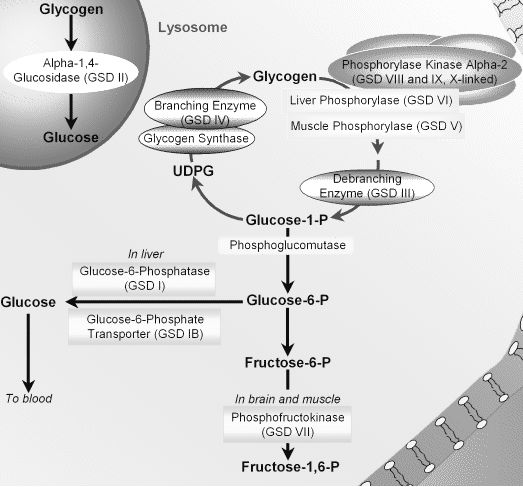Once again, I’m back with a biochemistry topic that everyone hates. Let’s try to break the topic, simplify it and cover all the important aspects of Glycogen Storage Diseases (GSD). 7 types of Glycogen Storage Diseases Mnemonic:VP CAM HT. This is a pretty lame mnemonic for the order of the…
Tag: Pediatrics
Section Editor: Dr. Sujit Kumar Shrestha, MD Pediatrics, Fellowship Neonatology
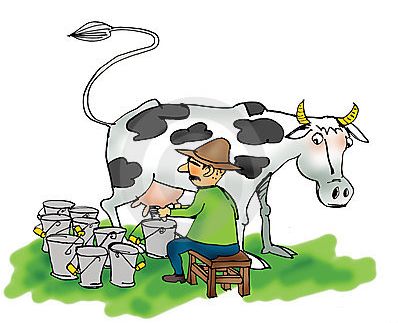
Milkmaid’s grip in Chorea
Milkmaid’s Grip Milk maids grip is appreciated as an alternating squeezing and releasing of the finger like a milking motion, when asked to maintain a constant, firm grip of examiner’s fingers. This may reflect a combination of Chorea and Motor impersistence. As a result of poor grip, patients often involuntarily…
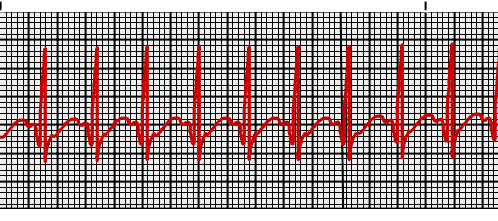
Supraventricular Tachycardia vs Sinus Tachycardia
Yesterday, I had encountered a tachycardic patient with heart rate 160/min. Somewhere in medical school, I was taught that the sinus tachycardia with heart rate >160/min must be considered as a Supraventricular tachycardia (SVT). With such misinformation, it was easier for me to overlook the fact that the patient was…

Gower’s sign
Synonyms: Gower’s maneuver, Myopathic walking, Butt-first maneuver Identifying Gower’s sign To check for Gower’s sign, place the patient in the supine position and ask him to rise. A positive Gower’s sign – an inability to lift the trunk without using the hands and arms to brace and push – indicates…
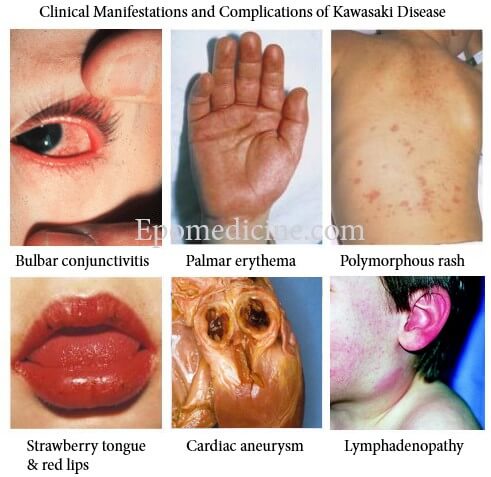
Kawasaki Disease – Diagnostic Criteria Mnemonic
The diagnostic criteria of Kawasaki Disease can be remembered using a mnemonic – “FEBRILE“. Fever: >5 days plus ≥4 of the following Enathem: Lips: Erythema, fissuring or crusting Oropharynx: Diffuse injection Tongue: Strawberry tongue Bulbar conjunctivitis: Bilateral, painless and non-exudative Rash: Polymorphous rash Internal organ involvement (not the part of criteria)…
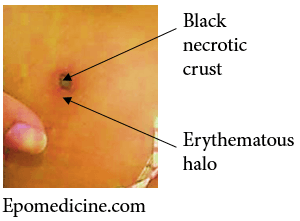
Eschar
Synonyms Tache noire Definition of Eschar An eschar is a local skin lesions coated by a thick coagulated crust or slough that usually results from burn or infection. Causes of Eschar Tick bite fever Scrub typhus Anthrax Tularaemia Spider bites Disseminated fungal infection Post-burn Diagnostic Clues Cigarette-burn Sign In scrub…

Abnormalities of First and Second Heart Sound
In the chapter of cardiac cycle, we have discussed the mechanism of production of heart sounds and their physiologic splitting. First Heart Sound (S1) Mechanism Closure of atrioventricular valves. It is best appreciated in mitral and tricuspid area of chest for respective components. Loud S1 Slamming a door from a…

Lung Development – Embryology Made Easy
Remember the mnemonic – “Every Premature Child Takes Air“. The development of lungs comprises of 5 distinct stages: Embryonic (3-8 weeks, i.e. embryonic period) Pseudoglandular (5-16 weeks) Canalicular (16-26 weeks) Terminal saccular (26-36 weeks) Alveolar (36 weeks to 40 weeks and continues to childhood) The first and last stages, i.e….
